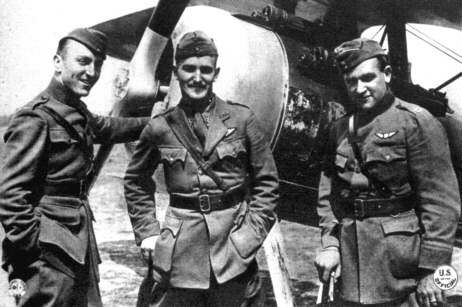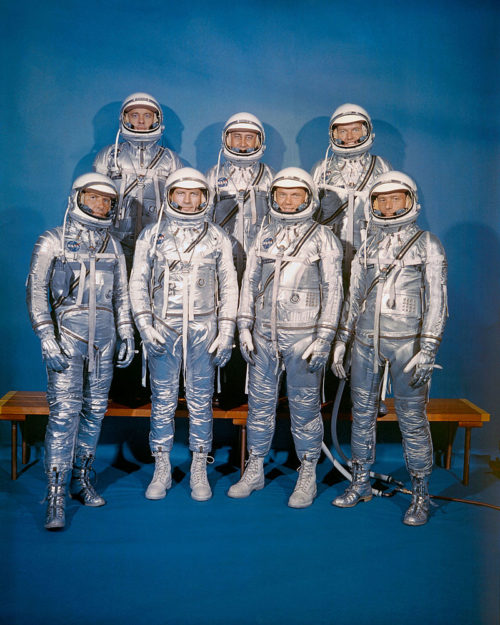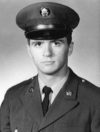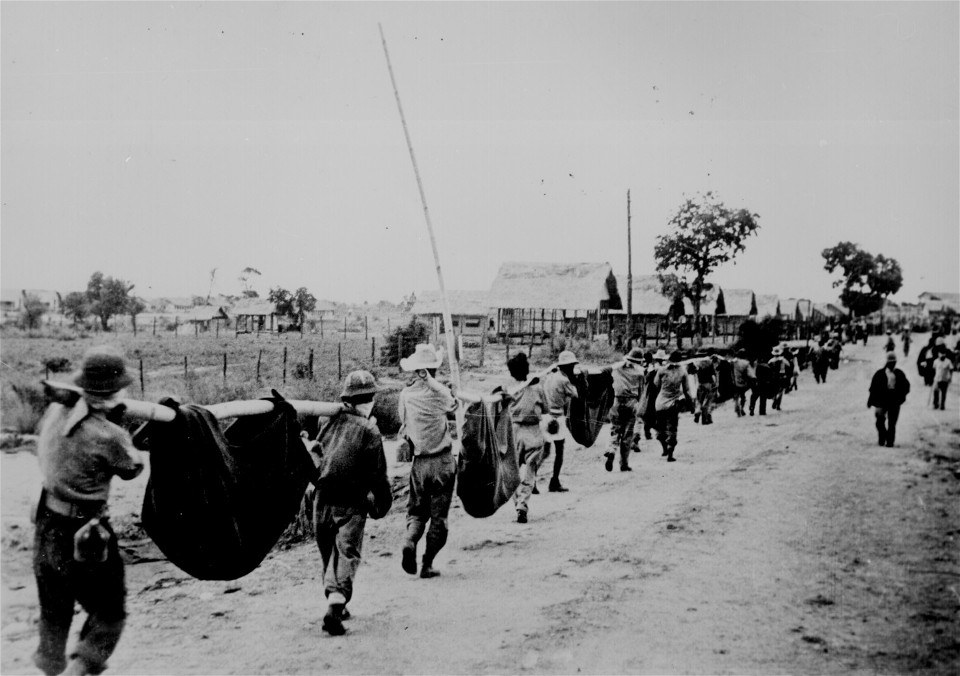April 9 in U.S. military history
1865: The war lost, Confederate Gen. Robert E. Lee concludes, “There is nothing left for me to do, but to go and see Gen. [Ulysses S.] Grant, and I would rather die a thousand deaths.”
Lee formally surrenders the Army of Northern Virginia to Grant at the home of Wilmer McLean in the village of Appomattox Court House, Virginia. Still-operating Confederate forces will surrender within months.
1918: The famed 94th “Hat in the Ring” Aero Squadron moves up to the Croix de Metz Aerodrome in France, becoming the first American aviation outfit to enter combat. In May, Lt. Douglas Campbell becomes the first American-trained pilot to earn “ace” status, and fellow squadron mate Lt. Eddie Rickenbacker – who will ultimately become America’s top flying ace of World War I – scores his fifth victory in June.

1942: Having run out of food, ammunition, and supplies after months of fighting the Japanese, Maj. Gen. Edward P. King surrenders over 11,000 American and 60,000 Filipino forces under his command on Luzon Island to the Japanese. Immediately after the fall of Bataan, the Japanese begin bombarding Lt. Gen. Jonathan M. Wainwright and some 10,000 troops now isolated on the island fortress of Corregidor, who will manage to hold out for a month before they must surrender as well.
This day also marks the beginning of the brutal Bataan Death March (featured image). The Japanese force the sick, starving, and wounded prisoners to march some 80-90 miles in extreme heat and humidity to a Japanese prison camp in the backcountry of Luzon.
Japanese troops will beat, rape, bayonet, disembowel, behead, or shoot thousands of captives along their trek. Those too weak to keep up with the march – or who stop to relieve themselves – are summarily executed. All are deprived of food and water. Fewer than 55,000 survive. Thousands more will not survive the prison camps or the so-called “hell ships” delivering them to labor facilities in Japan.
1959: NASA introduces the “Mercury Seven,” the men chosen to become United States’ first astronauts after an intensive selection process.
Pres. Dwight Eisenhower had directed that selectees would be drawn from the ranks of military test pilots. Out of the 500 applicants, NASA chose Scott Carpenter, Wally Schirra, and Alan Shepard from the Navy; Gordo Cooper, Gus Grissom, and Deke Slayton from the Air Force; and John Glenn from the Marine Corps.

2003: On televisions across the world, viewers watch the iconic footage of a statue of Saddam Hussein in Firdos Square being pulled down by a Marine armored recovery vehicle. After a three-week ground campaign, Baghdad has been captured by the U.S.-led Coalition.
After two weeks of hard fighting, which includes the largest British tank battle since World War II, British forces have secured Basra — Iraq’s second-largest city.

Today’s post is in honor of Pfc. Gregory F. Ambrose, who was killed during a firefight on 15 March 1968 in the Republic of Vietnam’s Gia Dinh province. Pfc. Ambrose had served in Vietnam for just under a year, assigned to B Company, 1st Battalion, 18th Infantry, 1st Infantry Division and was posthumously awarded the Bronze Star Medal with Combat “V.”
